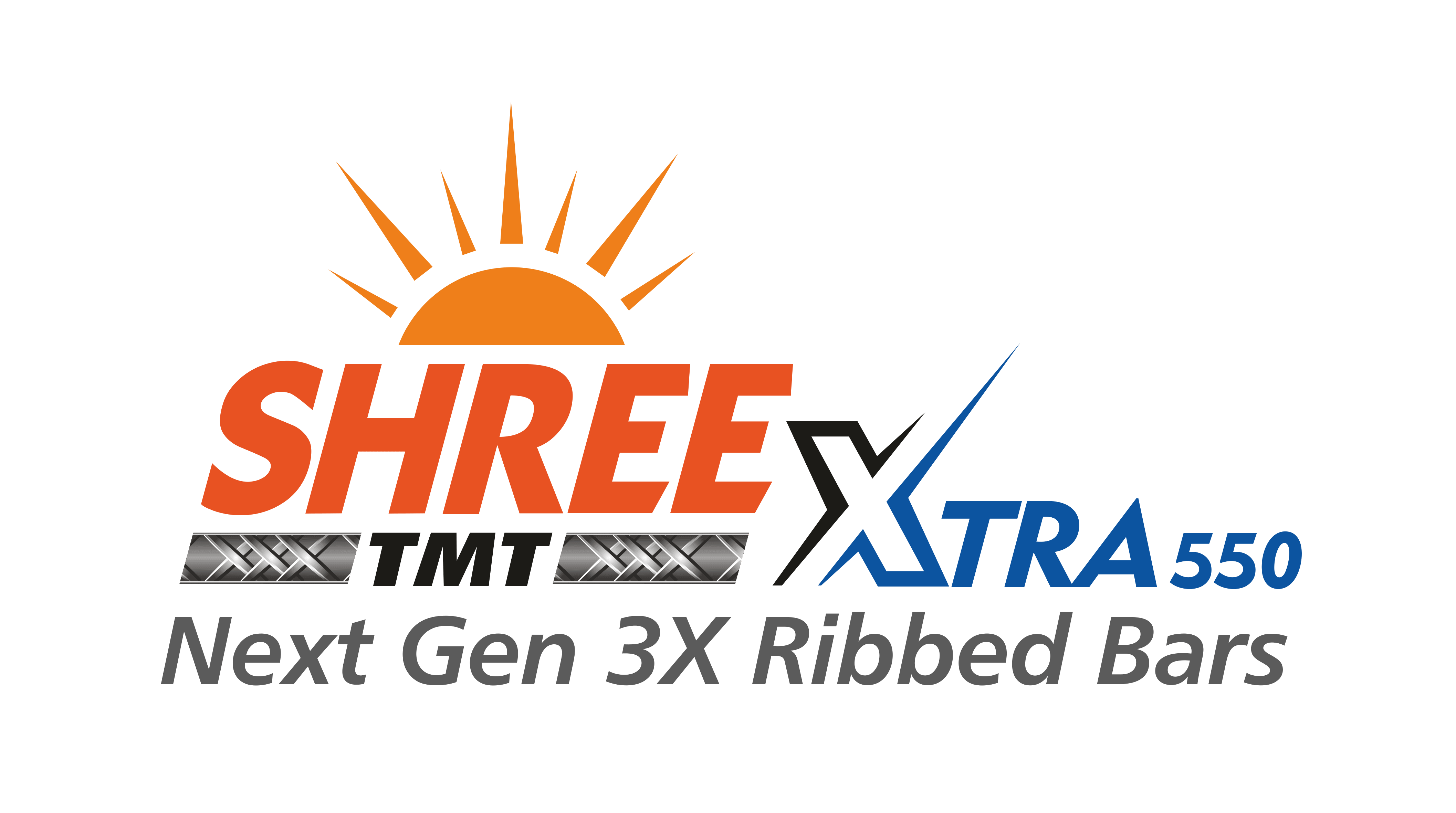What is a Shallow Foundation? Types of Shallow Foundation
Shallow Foundations: The Bedrock of Construction
The foundation of a building is the base that supports the entire structure. Choosing the right foundation type is crucial for long-term stability and safety. Amongst these, shallow foundations are a common and economical alternative for many construction projects.
What is a Shallow Foundation?
A shallow foundation, also known as a spread footing, is a type of foundation that transfers the weight of a building or structure to the surrounding soil close to the surface. Unlike deep foundations that go deeper into the earth, shallow foundations have a depth that is generally less than their width. They are the most widely used foundation systems due to their ease and cost-effectiveness for suitable projects. These types of foundations are mostly used for simple constructions like houses, garages, sheds, etc.
Why Choose a Shallow Foundation?
There are several advantages to opting for a shallow foundation:
- Cost-effective: They require less excavation and material compared to deep foundations, leading to significant cost savings.
- Simpler construction: The construction process is relatively straightforward, making them quicker to build.
- Suitable for various structures: Shallow foundations are ideal for low-rise buildings, houses, garages, and even some bridges on solid ground.
However, it’s important to remember that shallow foundations also have limitations:
- Soil restrictions: The soil needs to be strong enough to bear the weight of the structure without excessive settlement or movement. Weak or compressible soils may not be suitable.
- Limited depth: Due to their shallow nature, they may not be the best choice for very heavy structures that require deeper load distribution.
Types of Shallow Foundations:
The specific type of shallow foundation chosen depends on the building design, soil conditions, and load requirements. Here’s a breakdown of some common types:
- Isolated Footing (Individual Footing): These are square or rectangular concrete pads that support a single column or wall. They are the most basic type of shallow foundation and are used for individual columns in framed structures.
- Strip Footing (Continuous Footing or Wall Footing): These are long, continuous concrete strips that run along the length of a wall. They distribute the weight of the wall evenly across the soil and are commonly used for load-bearing walls. This type of footing provides support to the weight of the structure.
- Combined Footing: When columns or walls are positioned with a large distance between them, separate footings might overlap. In such cases, a combined footing is used. It’s essentially a single larger footing that supports both structural elements.
- Cantilever Footing (Strap Footing): These L-shaped footings are used when a wall is located next to a property line or an excavation. The cantilevered portion helps distribute the load further into the soil and away from the property line.
- Mat Foundation (Raft Foundation): For structures built on weak or uneven soil, a mat foundation is employed. It’s a thick concrete slab that covers the entire building footprint, distributing the weight uniformly across a large area.
Choosing the Correct Shallow Foundation:
Selecting the most appropriate shallow foundation for your project requires careful consideration of several factors:
- Structural loads: The weight of the building and any additional loads it will bear.
- Soil conditions: The type, strength, and bearing capacity of the soil at the construction site.
- Local building codes: Specific requirements mandated by your region.
Shallow foundations are an integral part of construction, and provide a stable and economical base for various structures. By understanding their types, advantages, and limitations, you can make informed choices when starting your building project. It is important to note that the right foundation ensures a safe and enduring structure for years to come.

